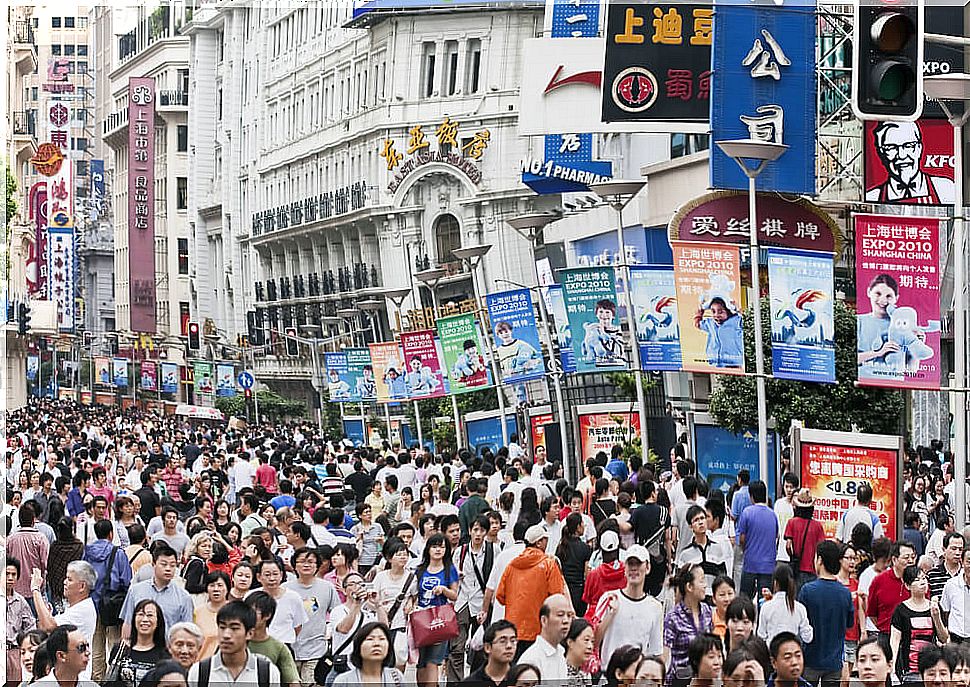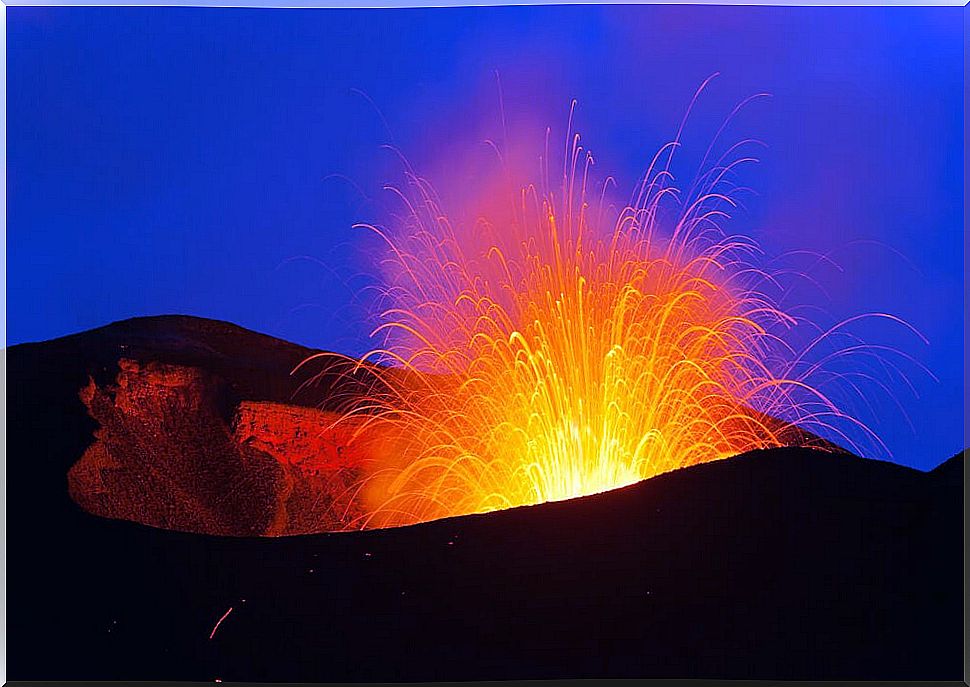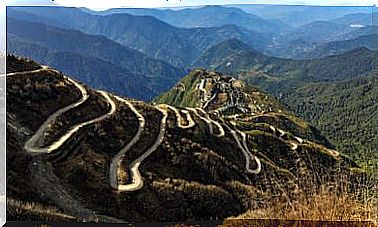South And East Asia: Demographic Challenges

Asia is the most populous continent on the planet. However, the difference in population and growth in both South Asia and East Asia are beginning to worry researchers. It is estimated that in a few years countries like India will outnumber today’s China in population.
In the same way, other more developed countries, such as Japan, will begin to have serious economic problems due to the aging of their population. We will discuss in this article some of the demographic challenges facing the Asian continent.
Population development in South Asia

Asia’s population is unevenly distributed over the continent. This imbalance is the main cause of the demographic problems that areas such as South Asia and East Asia are currently facing and will face in the future.
Overpopulated areas, such as Bangladesh or Hong Kong, have a population density that exceeds 1000 inhabitants per km². In contrast, other areas are completely deserted, such as Pakistan, some Indonesian islands and the highlands of Tibet.
According to experts, South Asia is expected to continue to be the fastest growing population region in the world. A growth of more than 7.1% is calculated for the year 2020 as a consequence of the improvements produced in recent years.
Population imbalances in East Asia

In the case of East Asia, China remains the most populous country on the planet. Its current population is around 1,361 million inhabitants, according to the UN. Their special situation stems from the now-abolished one-child policy. As a consequence of it, its male population almost triples that of the female today.
And with a population of 127 million, Japan holds the title of country with the highest life expectancy on the planet. However, today it faces the loss of population due to high aging. In the last five years, nearly a million people have died in Japan. Other problems are the overcrowding of Tokyo and the neglect of rural areas.
Increase in the human development index in Asia

Two of the factors that most accelerate population growth are the improvement of the educational system and the improvement of health. Globally, in recent years, more than two million people have emerged from conditions of extreme poverty. Within that figure, the highest percentage is concentrated in South Asia.
In this region, the growth rate registers an annual average in the human development index (HDI) of 1.4%. Countries like Bangladesh or Nepal, despite their low population compared to the rest of Asia, lowered their poverty rates. Even so, there are several countries that are well below the desired HDI.
China and Japan

Regarding these great powers in East Asia, it is believed that the incentives for the insertion of young people into working life could benefit this demographic growth that is beginning to be negative. Policies that support increasing the role of women in working life and improving education could be decisive in China.
As for Japan, the government remains concerned about the low birth rate, as well as having one of the oldest populations in the world. The latter, added to the overpopulation of urban areas, has made the government of Shinzo Abe react immediately.
The new policies try to reverse this trend and stop the migratory flow to cities like Tokyo. In the same way as China, they want to increase the presence of women in the labor market and improve their conditions to favor an increase in the birth rate.
Finally, it is also important to highlight the effects of rapid industrialization and urbanization on the environmental degradation suffered by the continent. Deforestation is one of the most serious threats facing Asia. It attacks in a very different way, as in the case of Indonesia due to the exploitation of palm or the lack of natural resources in the case of Japan.










